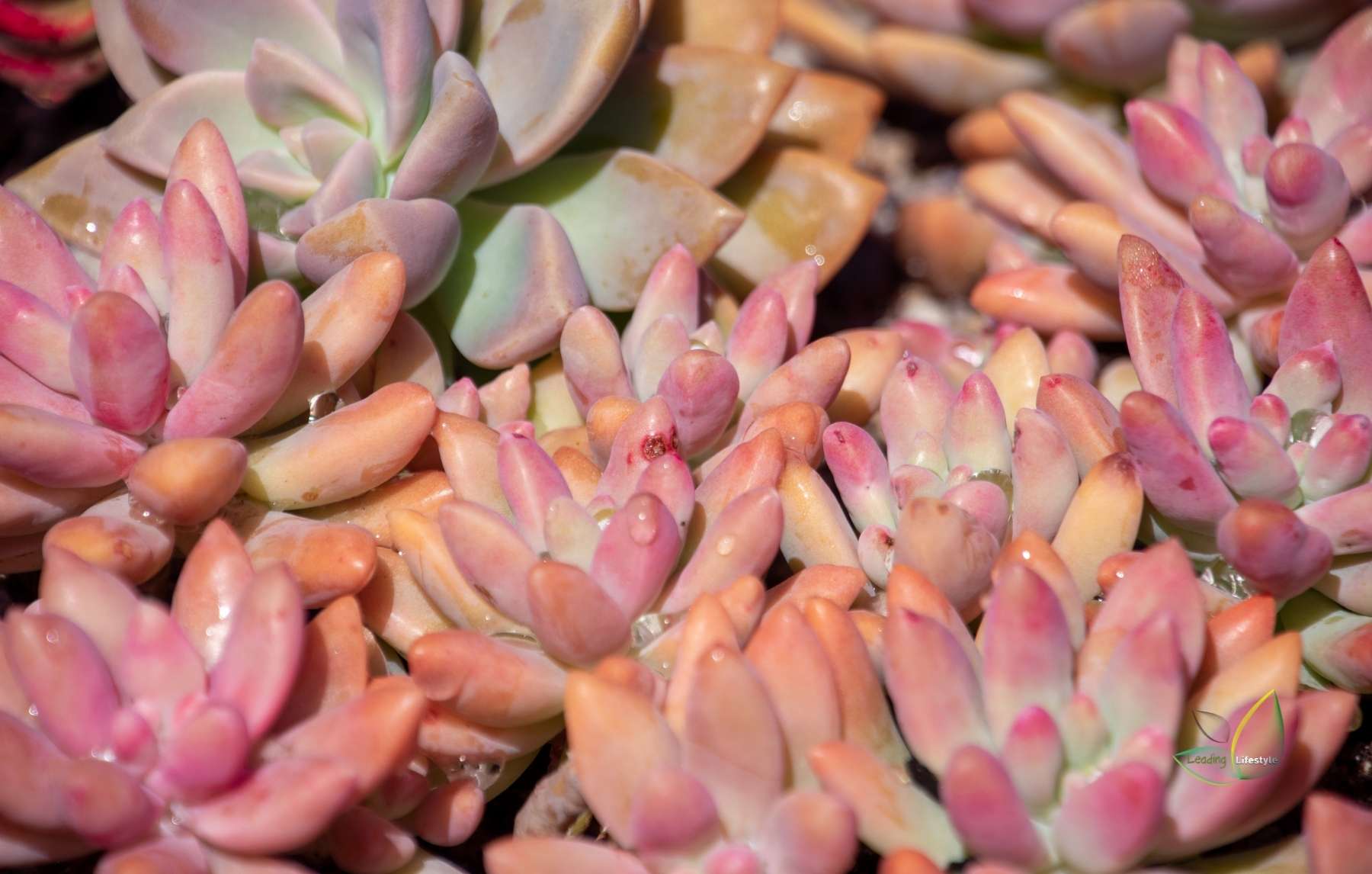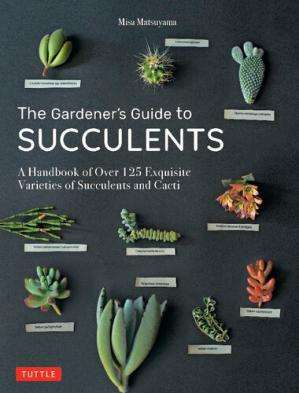The leaves on this succulent are tightly packed around the stem. The stems of the plant “Watch Chain Succulent” grow into a small bush. It blooms with tiny yellow-green flowers.
Name Origin
The name Crassula muscosa comes from the Latin word muscosus, which means “mossy.” It is also known as Crassula lycopodioides.
Quick Look:
Crassula muscosa is a fascinating succulent that can reach a height of 12 inches (30 cm) and has a spreading habit of branching stems with tightly overlapping, stacked, narrow, light green leaves.
The leaves completely conceal the stems, which begin upright but then trail over due to the weight of all the leaves.
The small, pale yellowish-green, musty-smelling flowers appear alongside the tightly packed leaves along the stems from spring to mid-summer.
It’s ideal for adding a splash of color to a mixed planting or as a small-scale ground cover in a well-drained mound or rock garden.
Watch Chain is the most common name for this plant because of its delicate interlocking leaves that resemble the tight jewelers’ links used to attach a pocket watch to a vest.
Princess Pine, Clubmoss Crassula, Zipper Plant, and Rattail Crassula are some other names for it.
The specific epithet “muscosa” is Latin for “mossy,” referring to the plant’s moss-like appearance. It is also known as Crassula lycopodioides, which refers to the plant’s resemblance to Lycopodium, a clubmoss genus.
The Watch Chain Succulent grows in a variety of habitats. It is found throughout South Africa, from the Western Cape’s winter rainfall area to the Eastern Cape and north into Namibia and Lesotho, though it is often found only in well-drained rocky quartz fields. It is hardy to around 20 degrees Fahrenheit (6.7 degrees Celsius), but it appears to dislike being cold and wet at the same time.
Growing Conditions and General Care
Plant in well-drained soil in full sun to partial shade or indoors. If you’re going to plant something indoors, make sure it gets plenty of sunlight. Even on the coast, the best color is maintained with a bit of shade.
The Watch Chain succulent has typical succulent watering requirements. It is best to use the “soak and dry” method, allowing the soil to dry out between waterings completely. Because Watch Chain is not cold-resistant, it should be brought indoors when the temperature drops below 20°F (-6.7°C).
During the growing season, feed the plants with a controlled-release fertilizer. You can feed it a weak liquid solution once a week.
In the summer, it requires significantly more water and should not be exposed to direct sunlight, as it only values brightness and would suffer from overexposure. When these conditions are not met, the plant begins to dry and stiffen, usually beginning at the base of the stem and progressing to the tips.
Fertilizer For Succulent
Repotting
Keep an eye out for the warm season; watch chain succulents should be repotted. When repotting the plant, make sure the soil is arid. Before planting the plant in a new pot, shake off any old soil from the roots. Any dry or damaged roots should also be discarded during the process.
Propagation
Keep an eye out for Chain succulent is an invasive species that spreads easily through stem cuttings. With adequate humidity and brightness, the cutting will root and grow quickly if the environment maintains a stable temperature of 68 to 70 °F (20 to 21 °C).
Cuttings
Use a sterile, sharp knife or pair of scissors to propagate “Watch Chain Succulent” from cuttings. Take a stem from the main plant and callous it for a few days before planting it in well-draining soil. Water the soil once it has completely dried out.
Soil and Transplanting
Crassula muscosa plants should be planted in well-draining soil and grown in partial or full sunlight. When selecting a pot, keep in mind that it should not be too large.
A 4′′ clay pot is an excellent choice. Use a cactus mix or a well-drained mixture of half potting soil and half perlite or pumice.
If you must relocate your zipper plant, do so during the warmer months. While repotting the plant, make sure the soil is dry.
Shake off any old soil from the roots before planting them in a new pot. Remove any dry or damaged roots.
The zipper plant grows in rocky quartz fields that only hold water for a brief period of time. That is, they are well-draining.
So, when it comes to watering, make sure that whatever soil/medium you use for your plant is compatible with this natural habitat property. That means regular potting soil will not suffice.
To be on the safe side, use a cactus/succulent mix. You can also improve the drainage of regular potting soil by adding sand and perlite/pumice.
Watering only once in a while is supplemented by well-draining soils. This way, the plant is not kept in wet soils for long periods of time. In such a case, the rot has no chance.
Watering
The “Watch Chain Succulent” has typical succulent watering requirements. It’s best to use the “soak and dry” method, allowing the soil to dry between waterings completely.
Please keep in mind that this succulent may require more frequent watering during the summer if grown outside in the full sun.
Pests and Diseases
Keep an eye out for Chain succulent is susceptible to common diseases such as mealybug infestations and fungal diseases.
Excessive watering can cause root rot.
Where to Plant
Because Crassula muscosa is not cold, hardy, it should be brought indoors when temperatures drop below 20° F (-6.7° C).
Plant in a part of your garden that receives 6 hours of direct sunlight per day. If you’re planting indoors, choose a room with plenty of sunlight, such as one with a southern-facing window (if you live in the Northern Hemisphere).
Similar To
Crassula ‘Imperialis’

















